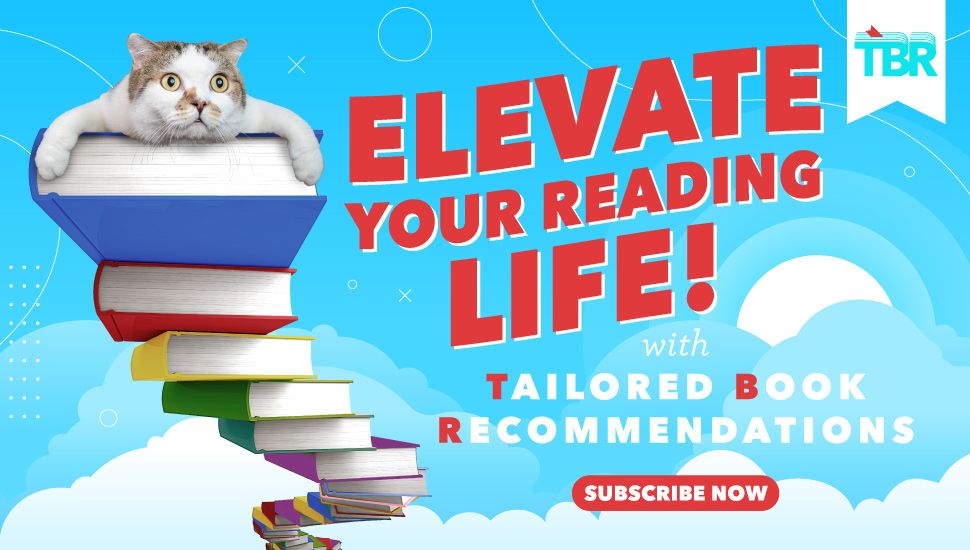Queer Invisibility: Representation Trumps Spoilers
We here at Panels are taking some much needed time off; in the meantime, we’re revisiting some favorite old posts from the last 6 months! We’ll see you back on July 8 with all new posts for your enjoyment.
This post originally ran on May 15, 2015.
_______________
The five-month-old baby squirms in his crib as relatives look on. His uncle looks over to the newborn’s father, and comments “that kid’s going to be a ladykiller when he’s older!” The child needs a diaper change.
“Wait till she gets older,” the next-door neighbor says to the woman, gesturing to the woman’s five-year-old daughter. “She’ll be fighting off the boys with a stick! Her father will have to lock her away!” The young girl does not care about boys right now; she cares about robots.
“Straight until proven otherwise” is a facet of heteronormativity.
And it never changes; contrary to what media portrays, queer folk never get to stop coming out to new friends, co-workers, and acquaintances.
The same is true of comic book characters. Unless given a reason to think otherwise, readers will generally assume a character is straight.
The most revolutionary thing a storyteller can do to buck heteronormativity is to let queer characters exist—openly and prominently.
Many fans of The Walking Dead television show raised a stink when, in season five, two gay male characters shared a kiss. Why had it taken the show four-and-a-half years to discomfort homophobes (who apparently had no issue with the lesbians at the end of season four)?
For the past year, Marvel has been earning praise for improved representation. They’ve launched and maintained a great number of critically-acclaimed female-led titles—many of them a financial success—and have had similar, if slightly less, progress with titles led by people of color.

The publisher’s upcoming Secret Wars event overwhelmingly features straight/cis characters over their queer counterparts, even moreso than the usual, sad ratio. Despite the multiversal nature of the event, many benched or dead queer characters seem to remain so, and many otherwise active characters have gone missing (see: Northstar). They’ve apparently all fallen to queer characters’ greatest nemesis: invisibility.
Queer invisibility isn’t just born from a publisher’s oversight; otherwise inclusive, well-meaning creators inadvertently perpetuate it too.
In an interview about Bitch Planet with Vox, writer Kelly Sue DeConnick spoke about a relevant interaction with a fan.
“I have a tendency to just not be so interested in who my characters are dating, and so I don’t often ask myself what their sexual orientation is,” said DeConnick. “During the first run of Captain Marvel, a fan approached me about this. It was an eye-opening moment for me.”
“‘You don’t have to get into who they’re dating,’ [the fan] said, ‘just to let us know that a character identifies as not straight. A remark about her girlfriend, maybe? It could be done without making it front and center.'”
Often, when creators are asked whether there are any queer characters in their upcoming comic, they bristle or dodge the question for fear of spoiling their work. Those who will feature queer characters and those who won’t offer the same answer: “maybe” or “wait and see.” It’s a shell game queer readers always lose.
As a writer, I get it. Let the art speak for itself without spoiling it. But that art doesn’t exist separately from the world, and neither do its implications.
With comics, readers are expected to invest not insignificant sums of money over months for a relatively small amount of story. If a queer character isn’t openly introduced in a comic’s first six issues, a queer fan loses roughly $24 and six months of their time to find out if they—or anyone like them—exists.
Some creators use a dramatic gay reveal as an issue’s cliffhanger. More tactful writers may wish to respectfully tell a coming out story over a long period of time. More often than not, neither of these stories are for queer fans; they’re for the straight ones. Most queer readers have seen enough coming out stories (and biopics where the queer character dies at the end, for that matter) to last a lifetime’s Netflix queue.
Creators wishing to do right by their queer fans should buck that status quo invisibility ASAP. At earliest, confirm a queer character in pre-release press, even if a specific character isn’t identified. At the latest, confirm one in the first issue or two.

Since the first issue, Campbell has also revealed that Aja is bisexual and upcoming character Blaze is transgender. This is what an embarrassment of queer riches looks like.
Creators who wish to keep a character’s queer identity under wraps for some time should adopt Kieron Gillen’s revolutionary approach: have more than one queer character.
Readers of the most recent Young Avengers run (by Gillen and Jamie McKelvie) either already knew about Wiccan and Hulking’s same-sex relationship beforehand or found out within the first issue. As the series went on, Prodigy came out. And Miss America. And Loki. And maybe Marvel Boy?
The stakes weren’t “nothing vs. something.” They were “something vs. oh my god, there keeps being more something.”
It’s a method both Gillen and McKelvie carry over to their series The Wicked + The Divine over at Image Comics. Protagonist Laura’s sexuality is unconfirmed, and that’s intentional. For all intents and purposes, her sexuality isn’t a fixed point; it’s a journey. And while she’s on that journey, the book also openly features a transgender woman, a genderqueer godperson, and several characters attracted to the same sex.
It’s been nearly seventeen years since Will & Grace debuted; we can kick off the gay training wheels. Let’s openly explore the lives of transgender superheroes, lesbian space explorers, pansexual pirates, and queer women of color doing, well, anything.
Creators, when a fan—desperate and searching to see themselves reflected—asks if there are queer characters in your story, think about why that question’s never asked about straight/cis characters. Then, buck invisibility by answering “yes.”
____________________
Follow us on Instagram for more comics fun.















